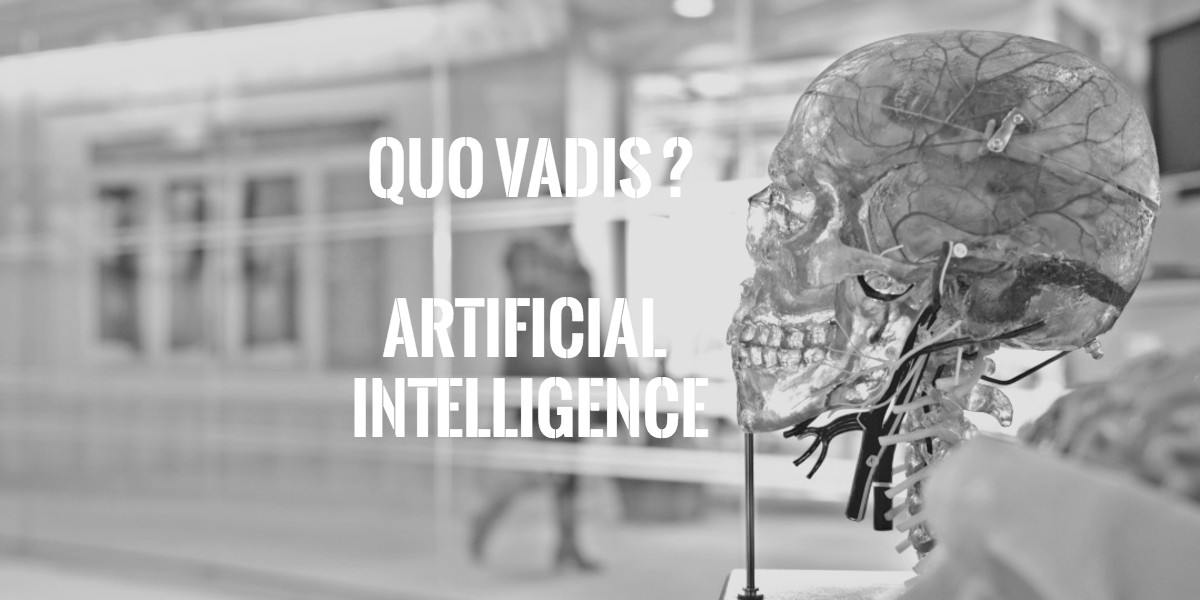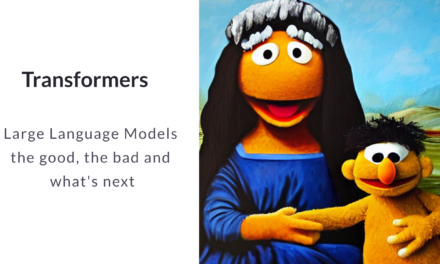James Somers looks behind the scenes and visited one of the fathers of deep learning to answer the question “Is AI riding a one-trick pony?“. He argues that maybe we’re not actually at the beginning of a revolution. Maybe we’re at the end of one.
But what would be the future of AI?
This is the question M. Mitchell Waldrop is discussion in the very insightful article “Inside the Moonshot Effort to Finally Figure Out the Brain“. AI is only loosely modeled on the brain. So what if you wanted to do it right? You’d need to do what has been impossible until now: map what actually happens in neurons and nerve fibers.
Another rather long but very insightful article by Hugh Howey looks at the question: ” HOW TO BUILD A SELF-CONSCIOUS MACHINE“.
The conclusion may surprise you : that this shouldn’t be the goal. The goal should be to go in the opposite direction. The future will most certainly see an incredible expansion of the number of and the complexity of AIs. Many will be designed to mimic humans, as they provide helpful information over the phone and through chat bots, and as they attempt to sell us goods and services. Most will be supremely efficient at a single task, even if that task is as complex as driving a car. Almost none will become self-conscious, because that would make them worse at their jobs.
And last but not least I highly recommend to listen to Tim O’Reilly’s keynote from the Artificial Intelligence Conference in San Francisco. He is looking at the future of AI and says the algorithms that shape our economy must be rewritten if we want to create a more human-centered future. Well spend 20 minutes.
Blog picture created with snappa.com





